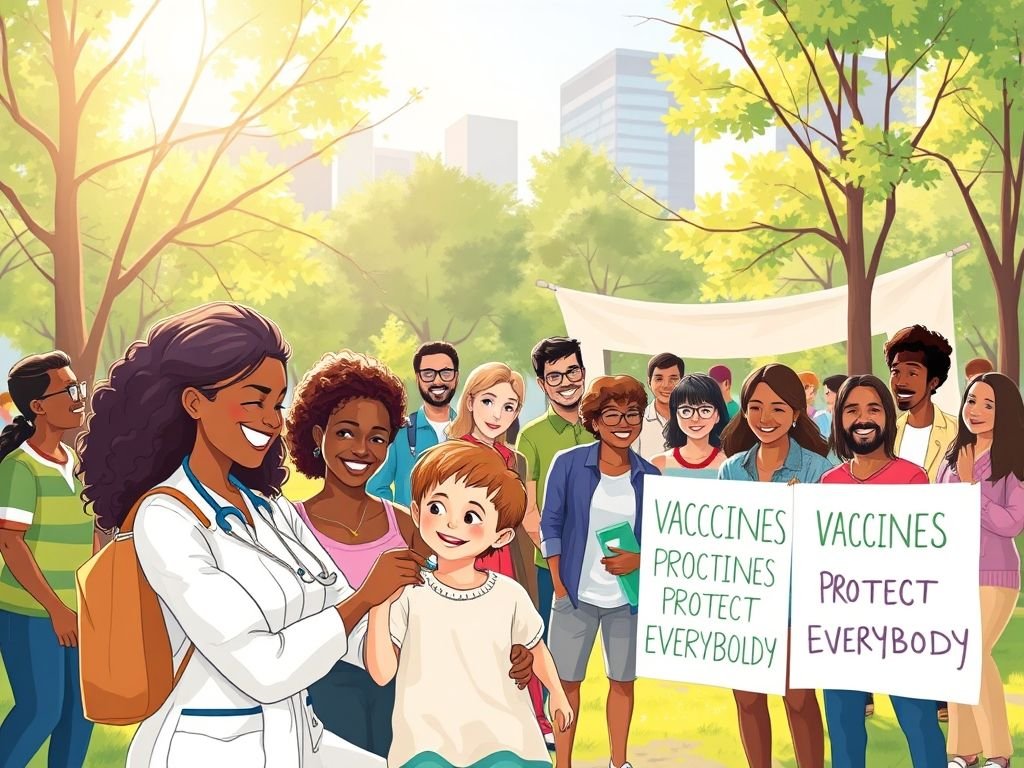
New Study Proves Vaccines Protect Entire Communities, Including Unvaccinated Individuals
A new simulation study demonstrates that higher influenza vaccination rates provide protection for both vaccinated and unvaccinated individuals – though those who receive the vaccine experience the greatest level of protection.
Comprehensive Modeling Approach
Researchers from the University of Pittsburgh conducted computer simulations involving 1.2 million people in a typical US county. The models tracked the day-to-day transmission of flu through households, schools, workplaces, and neighborhoods.
The simulations tested how a vaccine with 40 percent effectiveness performed across various flu seasons with different transmission rates and vaccination coverage levels. Each scenario was run 100 times to ensure statistical reliability, with averages calculated from the collected data.
Significant Community Protection
Once vaccination rates reached 51 percent of the population, total flu cases dropped by 32.9 to 41.5 percent, depending on the severity of the flu season. Benefits were observed in both vaccinated individuals and, to a lesser extent, unvaccinated people.
“For viral strains similar to ones circulating during seasonal influenza, vaccination provided indirect benefit to unvaccinated individuals, but the direct benefit to vaccinated individuals was always greater,” the researchers note in their published paper.
The Power of Community Immunity
In essence, getting vaccinated significantly improves your chances of avoiding infection while also protecting those around you, even if they haven’t been vaccinated themselves.
This finding is particularly significant for people who cannot receive vaccinations for medical reasons.
Quantifying the Benefits
The study revealed that more vaccinated people lead to fewer overall infections. In communities, this creates a cascading effect where both vaccinated and unvaccinated individuals encounter fewer people with the disease. This research helps quantify that protective benefit.
Important Caveats
However, this shouldn’t be interpreted as permission for eligible individuals to skip vaccinations. In the simulations, unvaccinated people faced a 43 to 73 percent higher risk of catching the flu, depending on vaccine effectiveness.
Limitations in High-Transmission Scenarios
The protection for unvaccinated individuals was virtually eliminated in scenarios involving rapid disease spread – similar to the early stages of the COVID-19 pandemic. Directly vaccinating as many people as possible remains essential.
“Even when both vaccine effectiveness and vaccine uptake were low, vaccination showed marked reductions in disease burden for transmission levels characteristic of seasonal influenza,” the researchers observe.
“However, when the level of transmission was very high, even a highly effective vaccine did not protect unvaccinated individuals.”
Supporting Previous Research
These findings align with previous studies demonstrating how vaccinated populations can protect unvaccinated individuals.
Understanding Herd Immunity Limits
The data also illustrates the limitations of herd immunity – where a population develops sufficient resistance to an infection through natural immunity or vaccinations, limiting the spread and helping protect unvaccinated people. This indirect protection proves insufficient against fast-spreading pathogens.
The Continuing Importance of Vaccination
Statistics consistently show that vaccinations reduce preventable deaths, and this latest research adds to that substantial body of evidence – particularly relevant as childhood vaccination rates are declining in some regions worldwide.
“Vaccination is the safest and most effective way to prevent infectious diseases,” the researchers emphasize. “It not only reduces disease in the vaccinated portion of a population but also potentially provides indirect benefit to the unvaccinated portion.”
Research Publication
The study has been published in JAMA Network Open.





